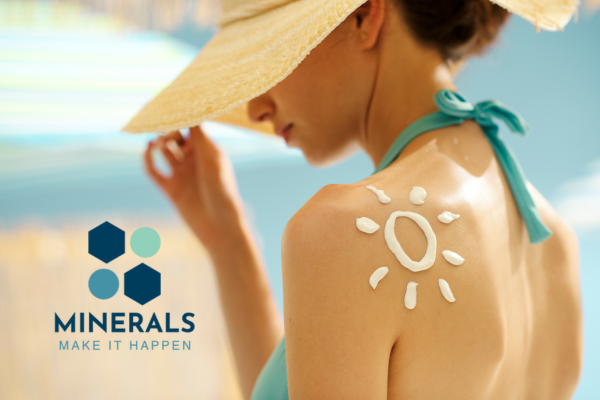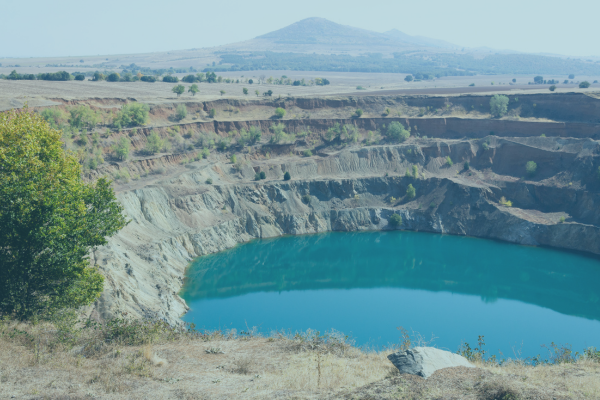August 22, 2024
August 22, 2024

As a child growing up in the ‘80s and ‘90s, I practically lived at the pool all summer long. Every day, my mom would remind me to apply – and reapply – sunscreen. Now, many years later, I wish I had heeded her advice a bit more carefully. Today though, I am a faithful sunscreen devotee, and following the advice of my dermatologist, I recently switched to mineral sunscreens. I decided to dive into the difference between mineral and chemical sunscreens.
In recent years, the shift towards healthier, eco-friendly skincare has placed mineral sunscreens in the spotlight. These sunscreens, primarily formulated with zinc oxide and titanium dioxide, offer a range of benefits to consider when choosing which sunscreen to protect your skin against harmful UV rays.
Safe and Effective UV Protection
One of the most significant advantages of mineral sunscreens is their ability to provide broad-spectrum protection against both UVA and UVB rays. Zinc oxide and titanium dioxide act as physical blockers, sitting on top of the skin and reflecting UV rays away from the body. Unlike chemical sunscreens that absorb UV radiation and then release it as heat, mineral sunscreens start working immediately upon application, offering instant protection.
Zinc oxide is particularly effective at protecting against UVA rays, which penetrate the skin more deeply and contribute to premature aging and skin cancer. Titanium dioxide, on the other hand, excels in blocking UVB rays, which are primarily responsible for sunburn. Together, these minerals provide comprehensive protection, making them an ideal choice for individuals seeking a reliable and safe sunscreen.
Gentle on Sensitive Skin
Another key benefit of mineral sunscreens is their suitability for sensitive skin. That’s why my dermatologist recommended them for me, as I have rosacea. Chemical sunscreens often contain ingredients that can cause irritation, redness, or allergic reactions, especially in those with sensitive skin conditions like rosacea or eczema. Zinc oxide and Titanium dioxide, however, are non-comedogenic and hypoallergenic, making them less likely to cause irritation. Their gentle nature makes mineral sunscreens an excellent option for infants, children, and anyone with delicate or reactive skin.
Environmentally Friendly
As awareness of environmental issues grows, consumers are increasingly looking for products that are not only good for their skin but also for the planet. Many chemical sunscreens contain ingredients like oxybenzone and octinoxate, which have been shown to harm coral reefs and marine life. These chemicals can cause coral bleaching, disrupt marine ecosystems, and contribute to the decline of coral reefs worldwide.
Mineral sunscreens, in contrast, are considered reef-safe because zinc oxide and titanium dioxide do not have the same detrimental effects on coral reefs.
Long-Lasting Protection
Mineral sunscreens are also known for their durability. Because they remain on the surface of the skin, they are less likely to break down in the sun, providing longer-lasting protection. This makes them an excellent choice for outdoor activities, such as swimming or hiking, where reapplication might not always be convenient. Additionally, many mineral sunscreens are water-resistant, further enhancing their effectiveness in protecting the skin during water-based activities.
Conclusion
Mineral sunscreens with zinc oxide and titanium dioxide offer a safe, effective, and environmentally friendly option. It’s just yet another example of how Minerals Make It Happen!

January 31, 2025

January 20, 2025

December 10, 2024